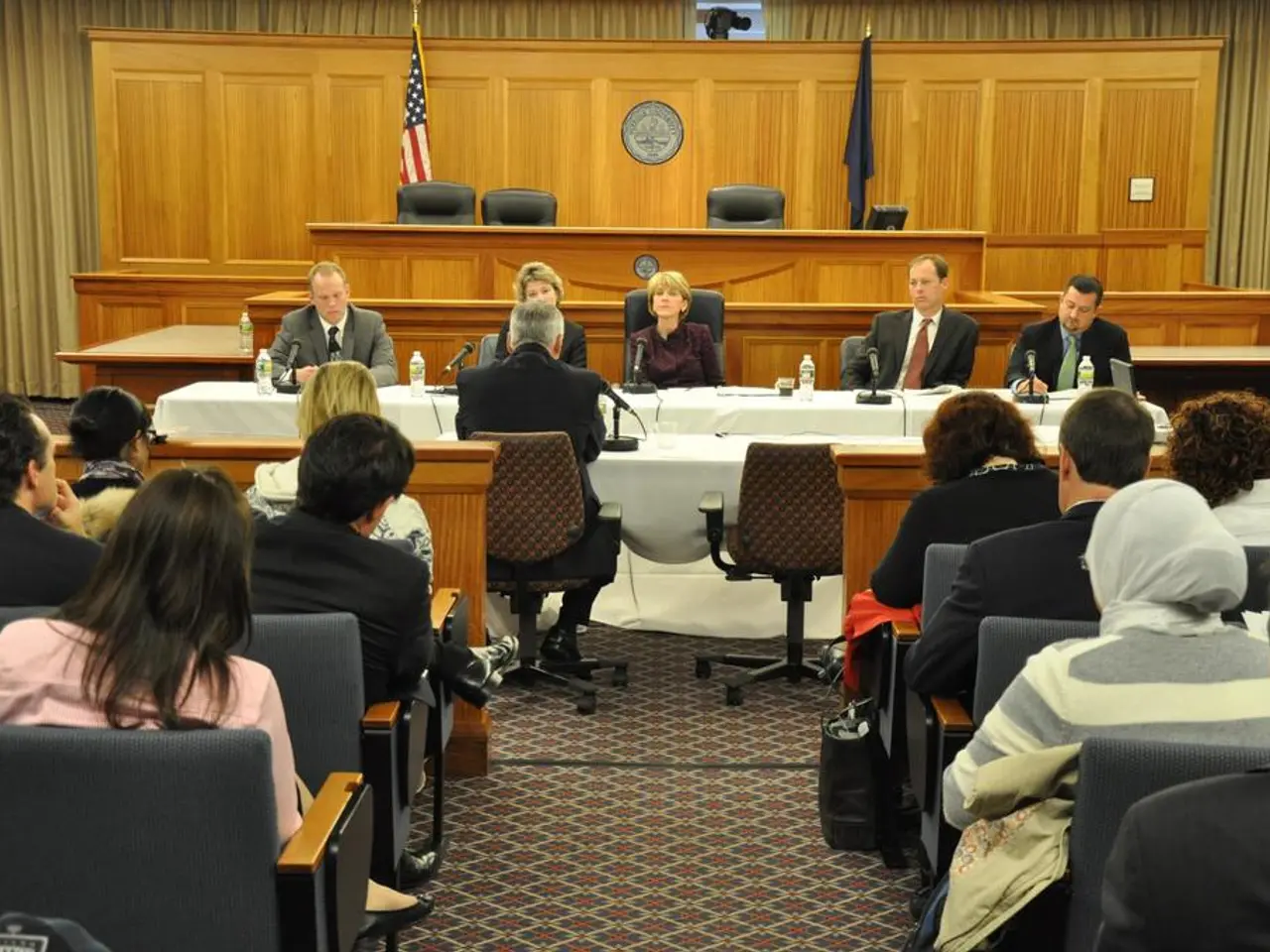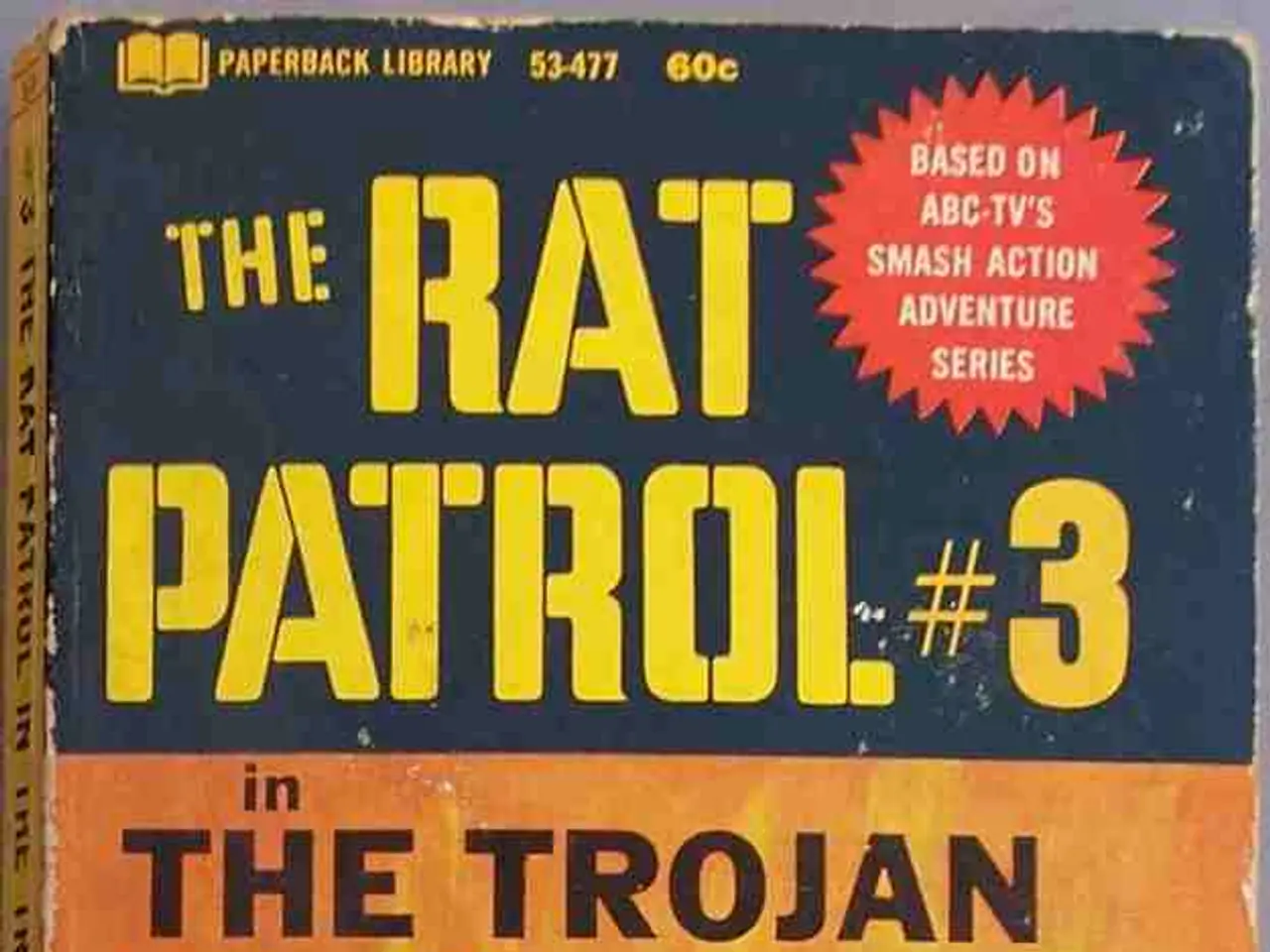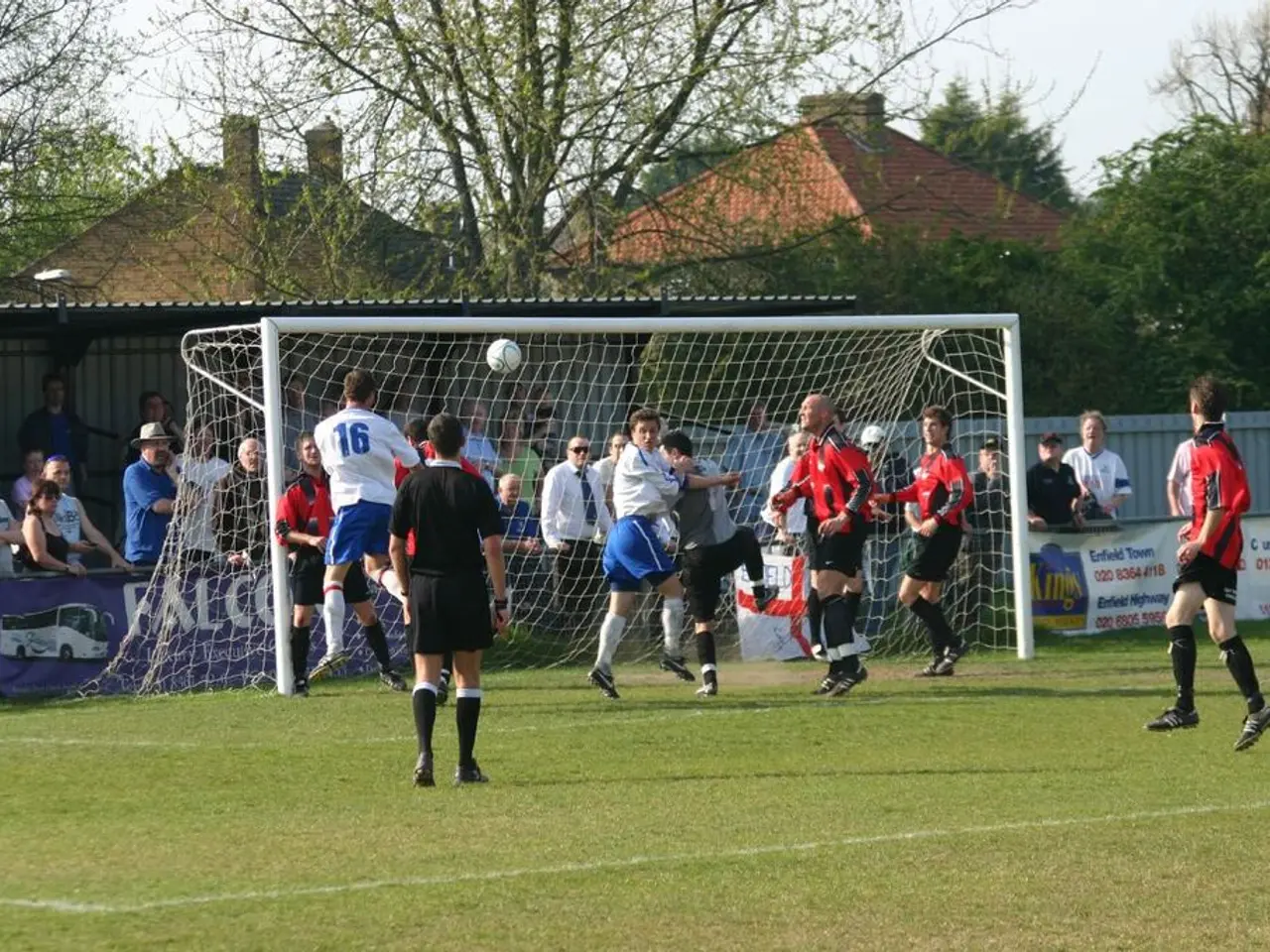The collapse of the 'King of Kings' carries implications for the authority that overthrew him.
In the heart of the Middle East, the fall of Iran's constitutional monarchy and the subsequent rise of the Islamic Republic in 1979 marked a significant turning point in the region's history. The U.S., a key player in these events, played a critical and direct role in shaping this transformation.
The story begins in 1953, with the CIA-orchestrated coup against the democratically elected Prime Minister Mohammad Mosaddegh. This coup, known as Operation Ajax, enabled the consolidation of power by Shah Mohammad Reza Pahlavi. The CIA and British intelligence paid protesters, bribed officials, and disseminated decrees to legitimize the coup, which removed Mosaddegh and installed a CIA-approved prime minister, General Zahedi. This led to a regime favorable to U.S. and British interests, particularly in controlling Iranian oil resources and suppressing nationalist and communist opposition.
During the Shah’s rule, the U.S. massively supported and financed his regime, especially after the Nixon Doctrine declared Iran as a key regional ally against the Soviet Union. U.S. aid helped transform Iran’s military into one of the largest globally, intended to serve as Washington’s regional policeman. However, the Shah’s heavy-handed rule and close ties to the U.S. exacerbated public unrest, culminating in the 1979 Iranian Revolution that overthrew the monarchy.
The Shah’s intelligence service, SAVAK, backed by the U.S., used torture and repression to silence dissent, which built widespread resentment among Iranians. Scott Anderson, author of the definitive account of the last days of the monarchy in the book King of Kings (Shahanshah), with the subtitle Unmaking of the Modern Middle East, questions the myth of the feared Savak secret police, stating that it was a paper tiger compared to the record of today's IRGC or Basji militia.
As the revolution approached, the Shah's vizier, Asadollah Alam, died in April 1978. Alam had previously crushed massive demonstrations in 1963 and oversaw the Shah's grandiose Persepolis celebrations. Subordinates of the Shah feuded, and the military high command was left without clear orders. In October 1978, pilots at Tabriz airbase handed in their resignations, and the commanding general supported Khomeini, leading to a switch to the revolution.
The Shah was ill with cancer during the events of 1978. Despite this, he oscillated between being tough and being an appeaser during the revolution. Reza Pahlavi, who was the 17-year old Crown Prince, is now a globe-trotting advocate for a reborn monarchy. However, generations of monarchists have rallied around Reza Pahlavi, the US-based exiled son of the late Shah of Iran.
The U.S. lost its major ally in the region after the revolution. Although officially neutral in the Iran-Iraq war, the U.S. supported Saddam Hussein’s Iraq to contain the new Islamic Republic. Paradoxically, the Reagan administration also secretly sold arms to Iran in the Iran-Contra Affair, despite the official embargo, aiming to influence Middle East geopolitics and secure hostage releases.
In October 1978, a significant event took place when pilots at Tabriz airbase handed in their resignations, and the commanding general supported Khomeini, leading to a switch to the revolution. An ill-fated visit to the White House by the Shah in 1977 was disrupted by anti-Shah protesters, setting off the fateful demonstrations in Iran that eventually led to his downfall.
In recent times, Iranians have been reminded of the last Shah, Mohammad Reza Pahlavi, on the 45th anniversary of his death. On July 27, Iranian exiles visited Cairo's Al Rifa'i Mosque to pay respects at the tomb of the last Shah. The live images of the Washington clashes were broadcast on Iranian TV and sparked revolt in Iran.
Anderson does not see a new imperial order in Iran, as 80% of Iran's population has been born since the revolution. Instead, he sees sentiment in Iran as having shifted to a more nationalistic plane, which bolsters the Islamic Republic regime. Anderson suggests that Iranians have a more advanced surveillance system than anything the Shah could have dreamt of.
In conclusion, the U.S. directly contributed to the fall of Iran’s constitutional monarchy through the 1953 coup, supported the Shah’s authoritarian regime, and its policies and interventions helped fuel the revolutionary backlash that led to the rise of the Islamic Republic in 1979. The legacy of this period continues to shape the political landscape of Iran and the Middle East today.
- The beginnings of significant change in the Middle East can be traced back to 1953, when the CIA orchestrated the coup against Iran's democratically elected Prime Minister, Mohammad Mosaddegh, marking a turning point that ultimately led to the Islamic Republic's rise.
- In recent news, Iranians have been reminded of the last Shah, Mohammad Reza Pahlavi, on the 45th anniversary of his death, highlighting the enduring impact of the monarchy's fall and subsequent political changes in the region.
- The story of Iran's political landscape is closely intertwined with that of its neighbor, Israel. This relationship has been affected by various factors, including the U.S.'s role as a key player in the region's events, the rise of the Islamic Republic, and subsequent geopolitical alliances and conflicts.
- Despite widespread resentment towards the Shah's intelligence service, SAVAK, backed by the U.S., Iranians today are reported to have a more advanced surveillance system than anything the Shah could have dreamt of, indicating a shift in both technology and power dynamics within the Middle East.







